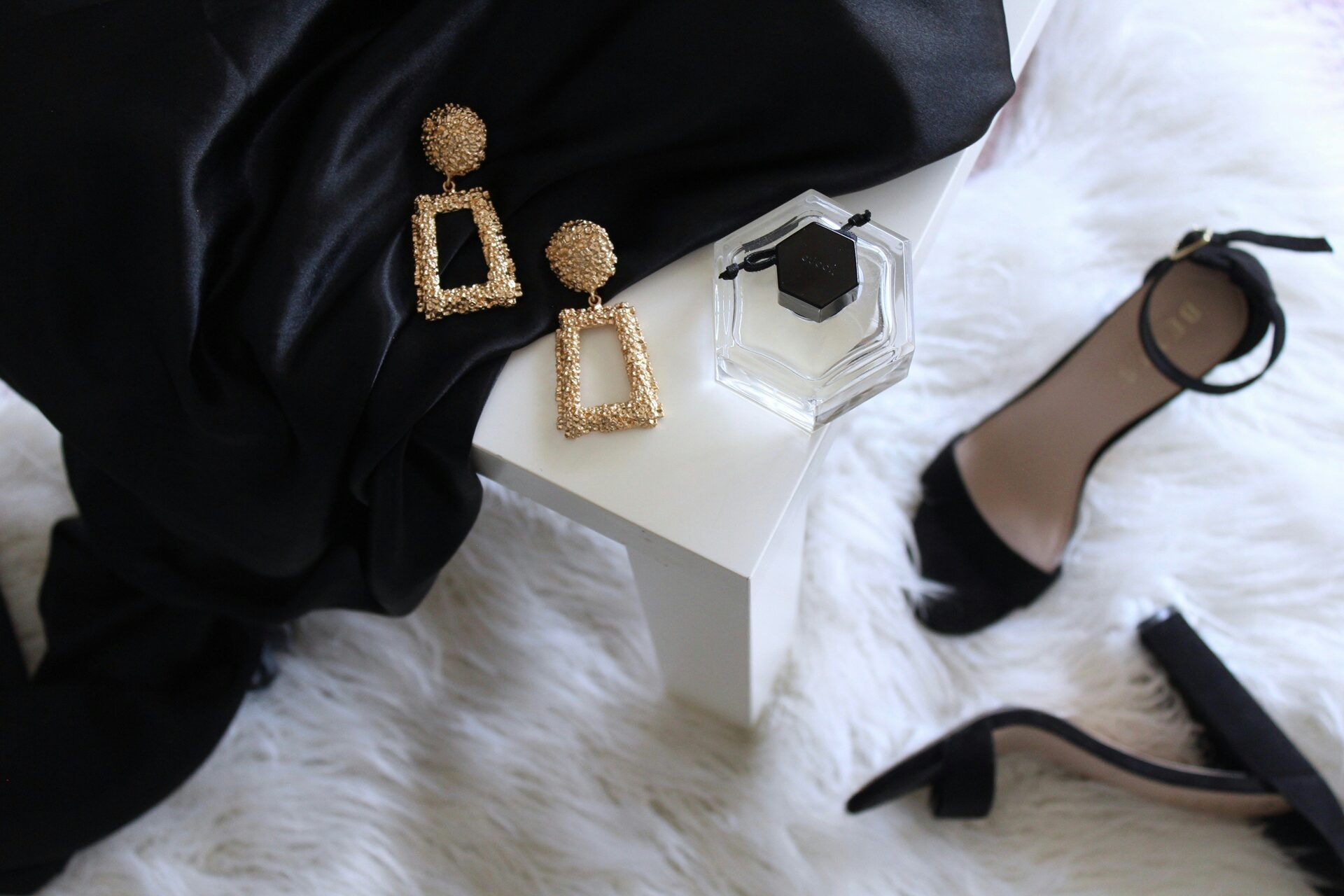
In an increasingly globalised world, luxury brands must balance maintaining a consistent global identity with trying to resonate and connect deeply with consumers at the local level. This balance forms a complex “value equation” in a brand’s strategy, spanning every touchpoint. It’s not merely about luxury oratory – it’s about cultural empathy, and it’s imperative for brands to connect authentically.
The world is becoming increasingly fragmented, a point highlighted by Estee Lauder’s Executive Group President, Stéphane de La Faverie, at the FT Business Summit of Luxury. He emphasised the emerging duty of brands to bridge divides and foster unity. Estee Lauder’s fragrance brand, Le Labo, exemplifies this approach. In Kyoto, Le Labo embraces the Wabi-Sabi philosophy, integrating the beauty of imperfection into its store design. By preserving historical architecture and partnering with local artisans, Le Labo bows to the local culture while staying true to its global brand ethos of thoughtful craftsmanship and slow perfumery.
Role of cultural empathy
Le Labo’s strategy illustrates how cultural empathy can enhance brand authenticity, and can be essential to a brand’s success in certain markets. This careful blending of global and local elements not only respects cultural heritage but could also strengthen consumer trust and loyalty. However, brands must tread carefully and sensitively to avoid accusations of cultural appropriation, a line that has become finer with the rise of social media.
Social media has intensified scrutiny on brand practices, making it easier for younger consumers to perceive inauthenticity, and widely share it. According to Savanta’s Q2 MillionaireVue platform, a quarterly omnibus survey of 500 millionaires, 53% of 18–34-year-olds desire deeper connections with the brands they buy from. This appetite extends beyond geographical boundaries to the digital tribes formed online, where shared values and lifestyles dominate.
Aligning to your brand
The key is in creating content that is unmistakably your brand’s while still catering to local nuances and preferences. Tiffany’s Lock campaign serves as another prime example. This campaign featured established and niche artists from multiple different cities, each telling their own stories and forging unique connections with their audiences. Social media played a crucial role, ensuring that while the campaigns were publicised locally, they were also seen by digital tribes, boosting the brand’s relevancy at both a local and global level.
Connecting locally
Giving greater consideration on how to connect a global brand to a local market is essential in the current climate, as it transcends geographic culture, embraces universal digital culture, and taps into those home connections. These insights highlight the importance of aligning luxury brand campaigns with the values of younger generations. Authenticity, cultural sensitivity, and a genuine commitment to sustainability and social responsibility are essential for gaining the trust and loyalty of younger consumers in the luxury market.
As a luxury brand, it’s time to take a closer look at your marketing strategies. Are you truly connecting with your audience on a cultural and emotional level? Evaluate your current campaigns and consider how you can integrate local nuances and global values to create a more authentic and resonant brand experience, especially when launching into new markets and when trying to grow your presence.




